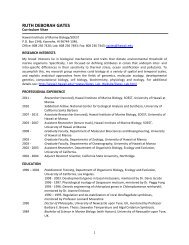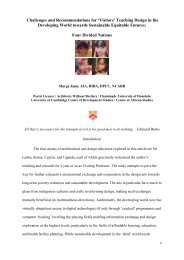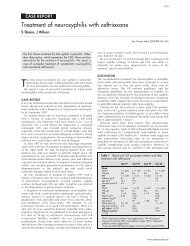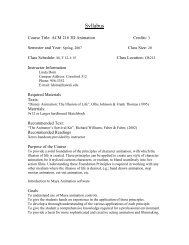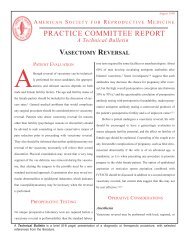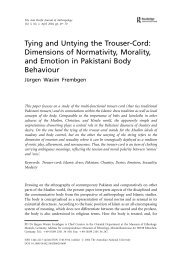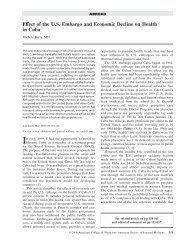EFFECT OF REDUCED FORMS ON ESL LEARNERS' INPUT ...
EFFECT OF REDUCED FORMS ON ESL LEARNERS' INPUT ...
EFFECT OF REDUCED FORMS ON ESL LEARNERS' INPUT ...
Create successful ePaper yourself
Turn your PDF publications into a flip-book with our unique Google optimized e-Paper software.
Ito – Effect of Reduced Forms on Input-Intake Process 103<br />
saliency lessens, thereby lessening chances of the input becoming intake (Larsen-<br />
Freeman, 1976).<br />
A claim has been made that attention to input is necessary for input to become intake<br />
(Schmidt, 1990; Tomlin & Villa, 1994). Schmidt (1990) suggests various factors which<br />
influence noticeability. These include expectations, frequency of occurrence, perceptual<br />
salience, skill level, and task demand. Having L2 learners listen to normal and slow L2<br />
speech, Kim (1995) examined speech elements that L2 learners attend to when they listen<br />
to L2 speech. The results revealed that phonetic prominence of elements contributed to<br />
the noticing of particular elements.<br />
Listeners with greater knowledge of the language system can use the knowledge “to<br />
compensate for the loss or reduced saliency of portions of the input” created by reduced<br />
forms, but listeners with less knowledge cannot (Henrichsen, 1984, pp. 117-118). Thus,<br />
such listeners with less knowledge are forced to depend more on signals to comprehend<br />
input. A decrease in perceptual saliency, therefore, can affect those listeners who have<br />
less knowledge of the language system to a greater degree than those who have more<br />
knowledge.<br />
The purpose of the present study is to reexamine the effect of reduced forms on<br />
input-intake process by modifying Henrichsen’s study (1984). As briefly mentioned<br />
above, two aspects of Henrichsen’s study are improved upon in this current study: (a)<br />
sentence complexity in the test and (b) differences in reduced form type. Henrichsen<br />
pointed out that sentences used in his test may have been so complex that the scores of<br />
low-proficiency learners may have been affected; therefore, simpler sentences are used in<br />
the present study. Secondly, Henrichsen did not analyze his results according to the type<br />
of reduced form. Reduced forms may be categorized into several different types, e.g.,<br />
reduction, assimilation, and contraction. Another approach is to classify them into two<br />
categories according to the derivation of the forms. In this study those categories are<br />
labeled as phonological or lexical forms. Phonological forms are those which were<br />
derived as a result of the application of phonological rules: e.g., take them take ’em.<br />
Lexical forms, in contrast, are those which are not derived based on phonological rules,<br />
but tend to be memorized as one lexical item: e.g., will not won’t; do not don’t. In<br />
the present study, the second method of categorization—phonological vs. lexical<br />
forms—is considered.<br />
In this study, the following three research questions are investigated:<br />
1. Does the presence of reduced forms affect L2 learners’ listening comprehension?<br />
2. Does the effect of reduced forms on learners’ listening comprehension vary<br />
according to their language proficiency?<br />
3. Is learners’ listening comprehension affected by the type of reduced form?



